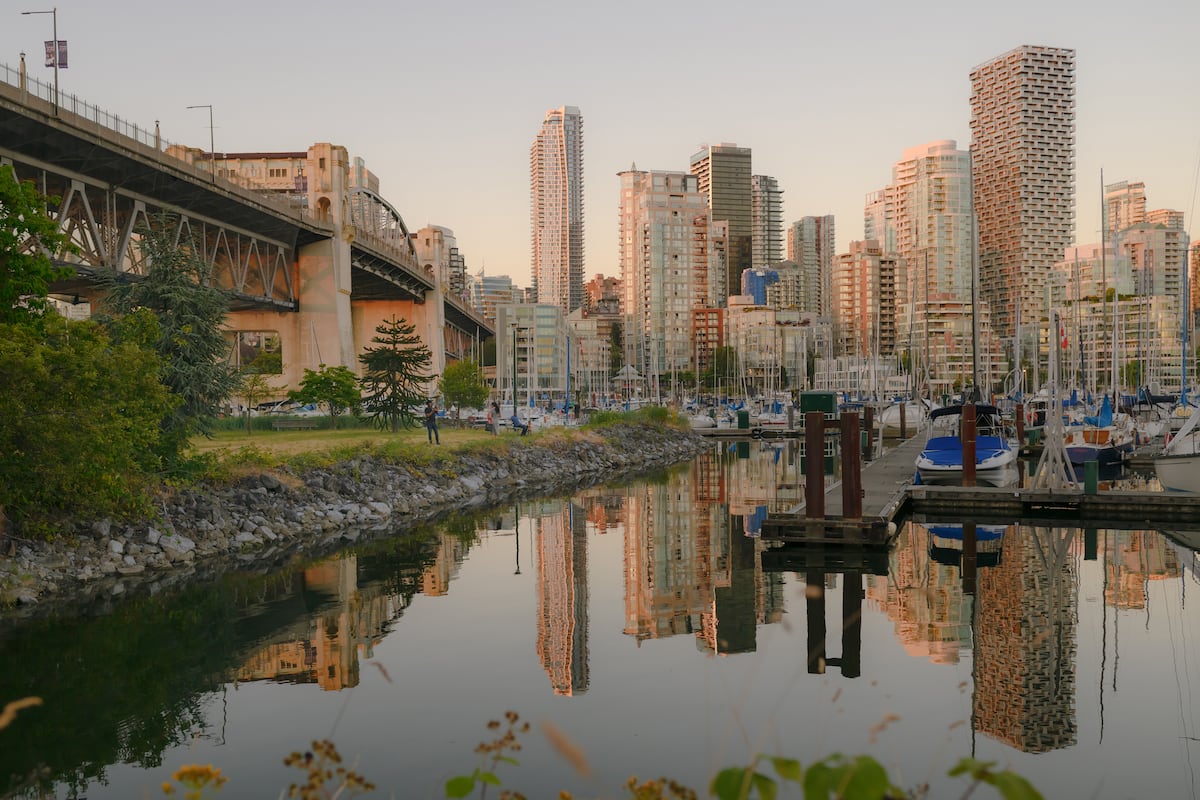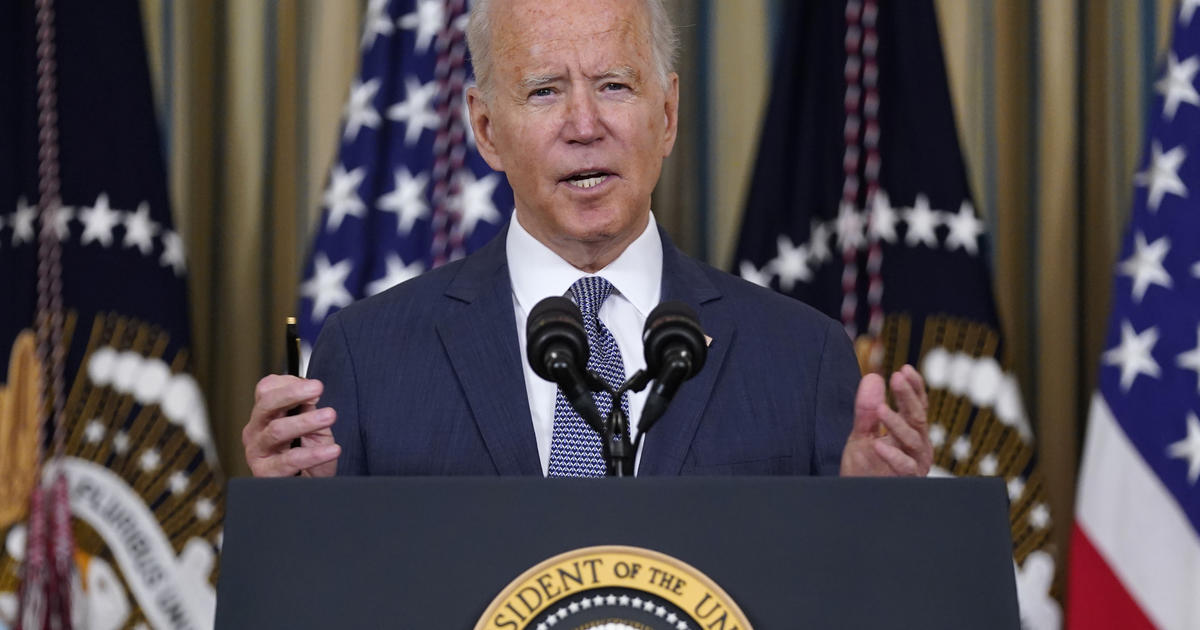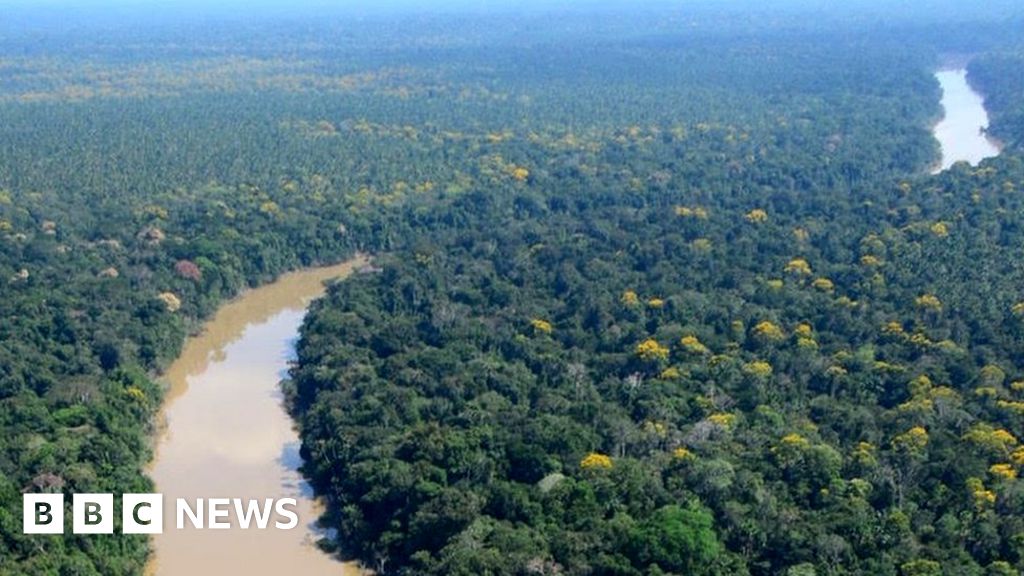
Can Indigenous urbanism counter Vancouver’s pressing lack of housing?
An eternal presence on the Top Ten lists of cities with the best quality of life, Vancouver has everything that a modern urbanite could ask for: a dense and bustling downtown, notable gastronomic and cultural offerings, sweeping forests, mountains and easy access to the deep blue Pacific Ocean. To this attractive setting and ample array of services one might add economic stability due in large part to the city’s strategic position between Asia and North America. But paradoxically, and just as in many other great Western metropolises, Vancouver has been facing a serious housing shortage for years.
“Because Vancouver is so desirable, it has turned into a mecca for foreign investment, and today, middle class and low-income people are unable to live in the city,” says Penny Gurstein, professor emeritus and former director of the University of British Columbia’s School of Community and Regional Planning. That story is nothing new when it comes to the current global scenario, but Vancouver’s statistics are particularly worrisome: a study on Canadian housing access conducted by the national bank RBC and published in April found that to afford a property in the city, one would need to pay out 106.4% of the average salary.
“The city has tried, to greater and lesser extents, to deal with this problem through collaborations with contractors. For example, requiring that 20% of new housing units be set aside for low-income people. But despite these kinds of decisions, there is still a big problem in terms of access,” says Gurstein. “In that sense, one of the most significant changes in the way that land is being developed is that First Nations, the Musqueam, the Squamish and Tsleil-Waututh, have been successful in negotiating with the government for the return of their lands, and are now planning to use them for urban development.”




















